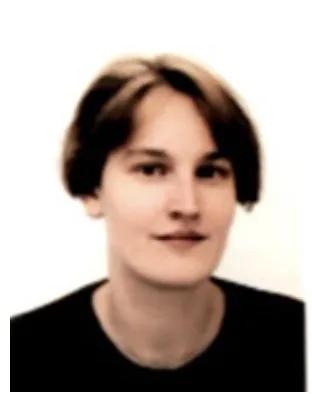About the project
This project combines advanced 3D lithography and electrodeposition to create magnetic nanowires with controllable “flying” domain wall qubits, enabling quantum computing based on spin textures. By fabricating 3D nanostructures with tunable geometries, the project explores domain wall dynamics, advancing ultrahigh-density, low-energy spintronic and quantum information technologies.
A paradigm shift is occurring in nanomagnetism whereby nanostructuring materials into 3D geometries provides a foundation for next-generation ultrahigh density spin electronic devices, for which qubits can be encoded within spin textures or within magnetic domain wall racetracks. Two-photon lithography in combination with deposition methods can enable the fabrication and exploration of the physics of 3D magnetic nanostructured materials. Recently 3D magnetic nanowires with feature sizes of 70 nm and direct measurement of domain wall injection and pinning have paved the way to low energy, ultrahigh density magnetic data storage devices.
In this project you'll utilise state-of-the-art 3D lithography at Cardiff University in combination with state of the art electrodeposition at Southampton to realise magnetic nanowires with controllable “flying” domain wall qubits, paving the way towards a quantum computer based upon spin textures in 3D magnetic nanowires. In particular this will involve the preparation of templates with tunable geometries and sizes by two-photon beam lithography that will be utilised for electrochemical deposition of magnetic materials to study static domain wall textures and dynamics.
The School of Chemistry and Chemical Engineering is committed to promoting equality, diversity inclusivity as demonstrated by our Athena SWAN award. We welcome all applicants regardless of their gender, ethnicity, disability, sexual orientation or age, and will give full consideration to applicants seeking flexible working patterns and those who have taken a career break.
The University has a generous maternity policy, onsite childcare facilities, and offers a range of benefits to help ensure employees’ well-being and work-life balance. The University of Southampton is committed to sustainability and has been awarded the Platinum EcoAward.
